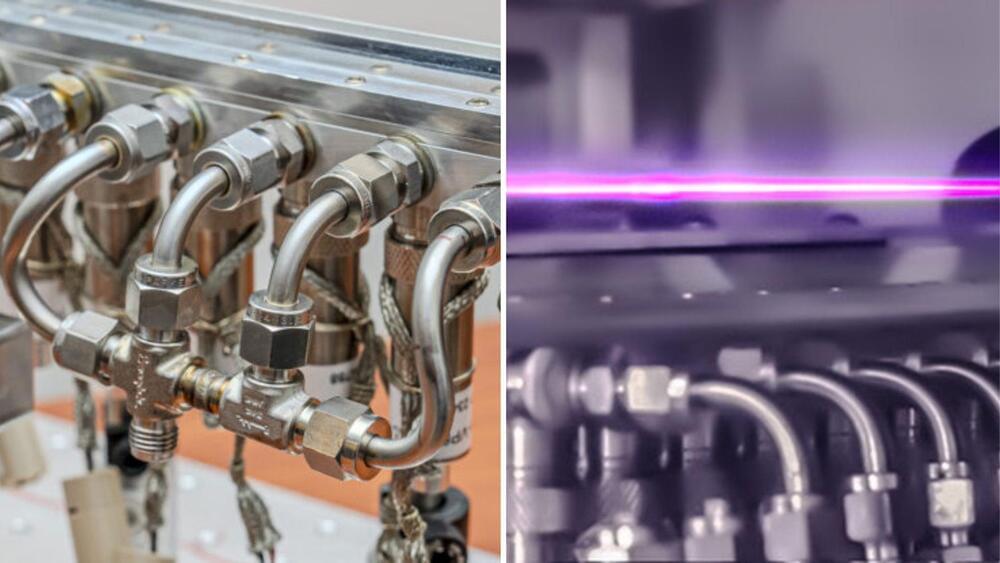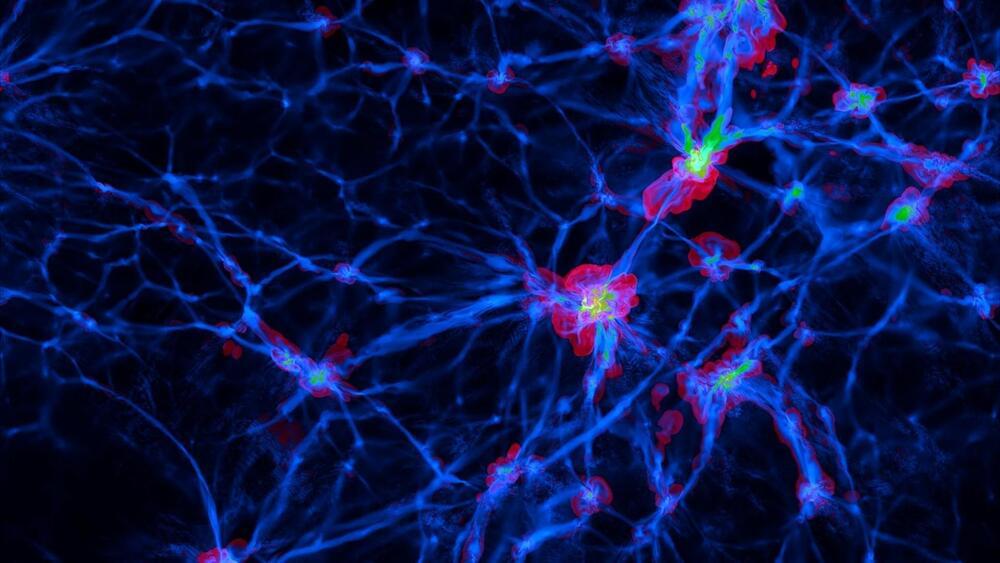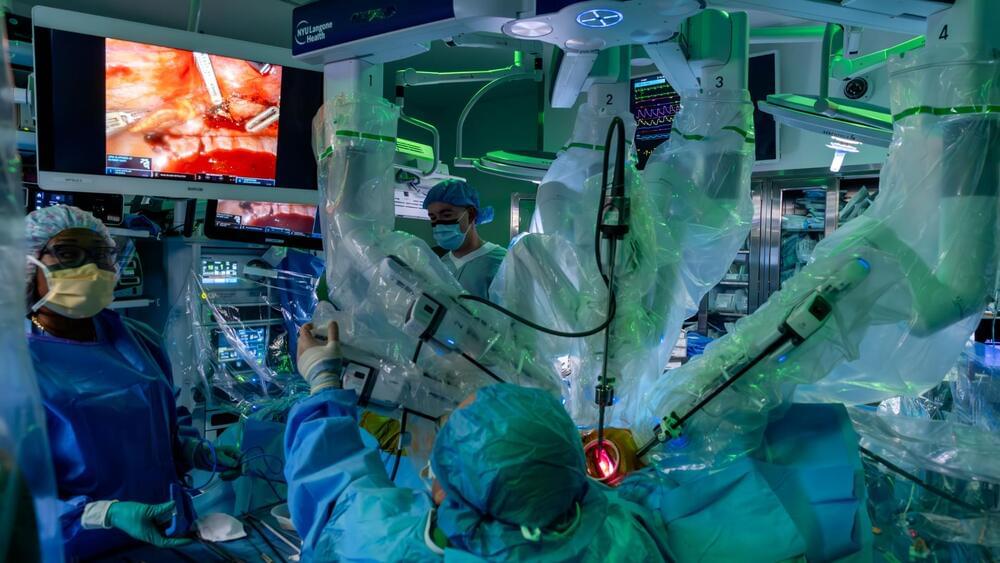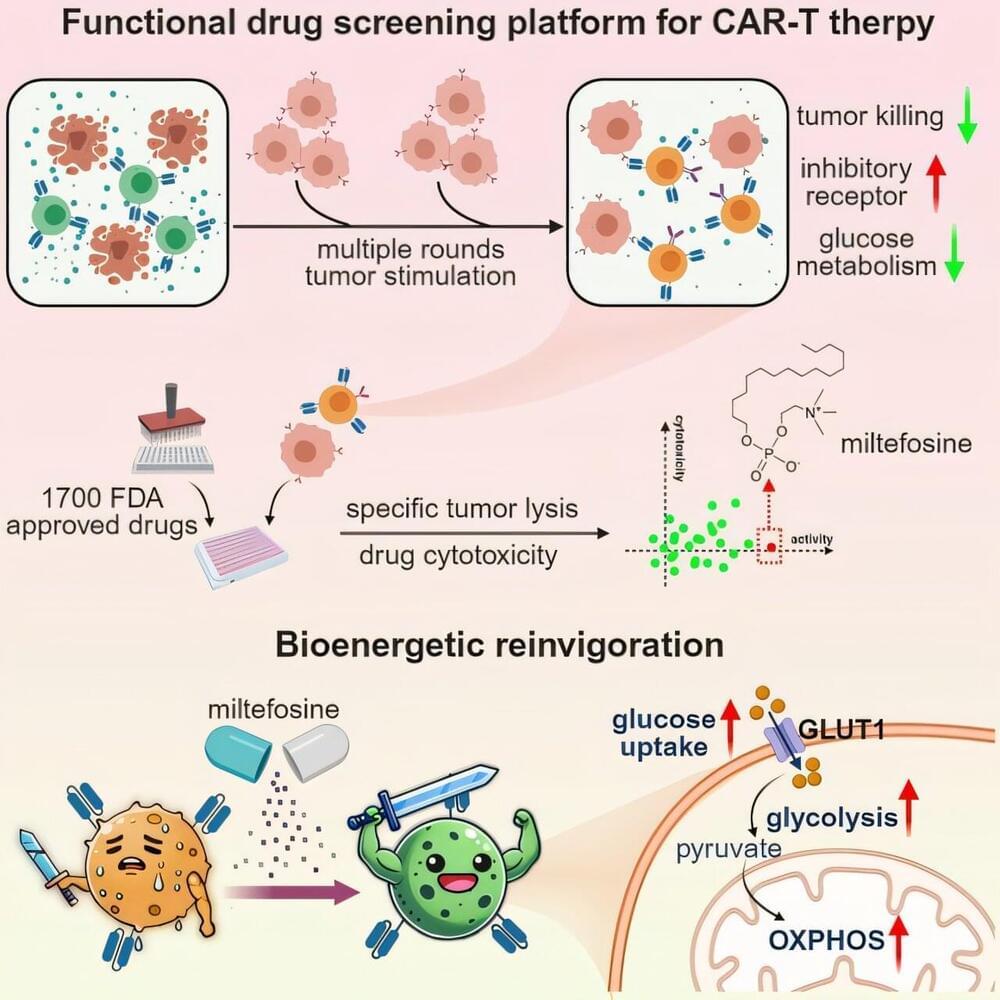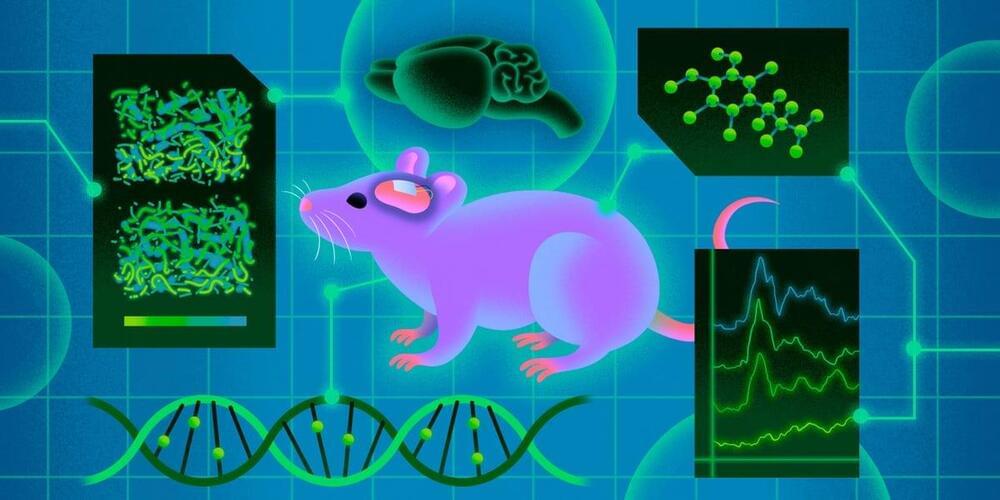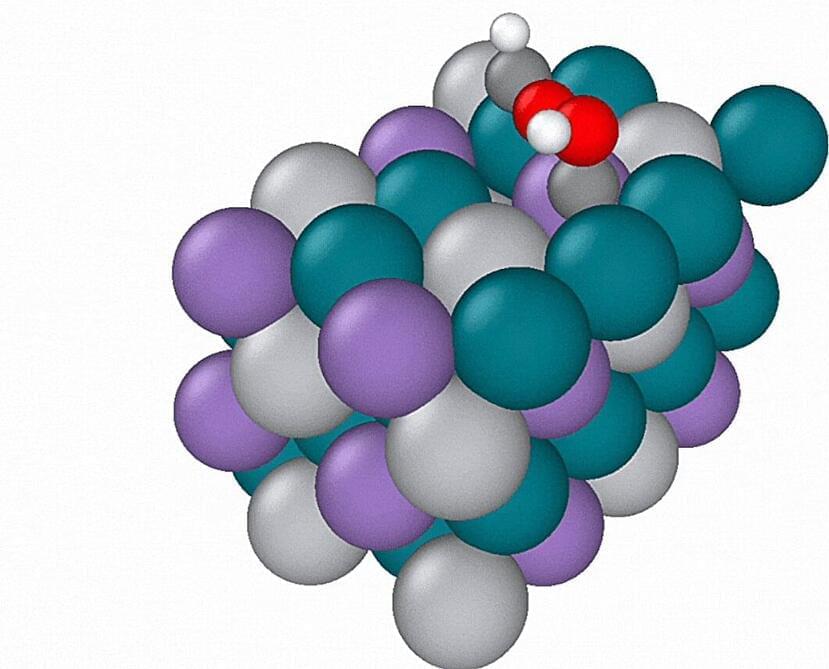Russian telecommunications watchdog Roskomnadzor has blocked the Viber encrypted messaging app, used by hundreds of millions worldwide, for violating the country’s legislation.
“Access to the Viber service is restricted due to the violation of the requirements of Russian legislation for organizers of information dissemination,” Russia’s internet regulator said in a press statement.
“Compliance with the requirements is necessary to prevent threats of using the messenger for terrorist and extremist purposes, recruiting citizens to commit them, selling drugs, as well as in connection with the posting of illegal information.”

